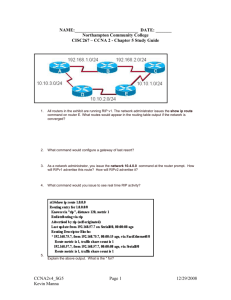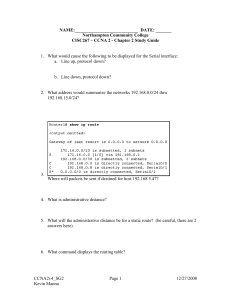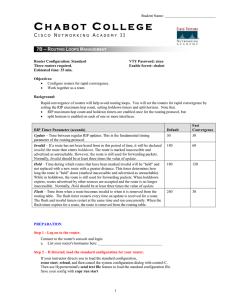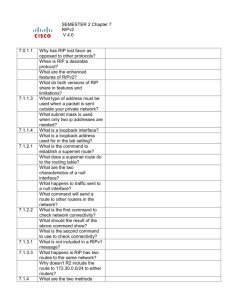Administrative Distances
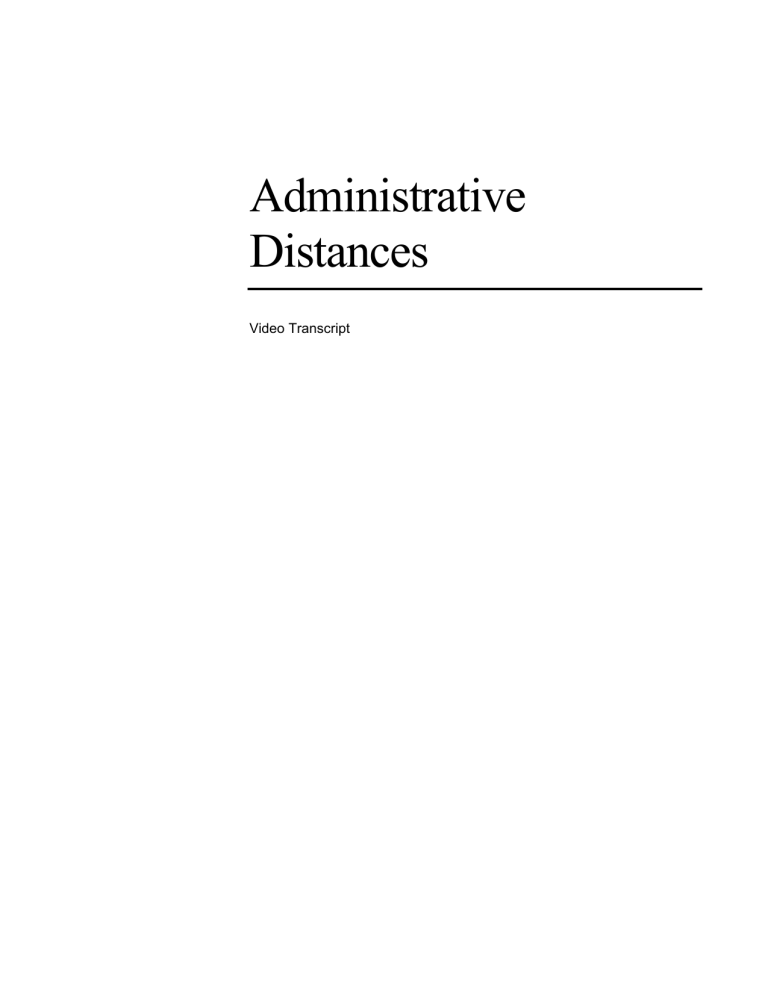
Administrative
Distances
Video Transcript
Administrative Distances
Howard Rinehart
Professor
Gateway Community College
Length: 2:16
Routers receive more information than is needed when configured with multiple routing protocols. A metric or measurement is available to select a preferred route from this extra information.
Routers select preferred routes based on administrative distance. Administrative distance is the value from 0 to 255. It is a measure of trustworthiness where lower numbers are considered to be more trustworthy than higher numbers. The route with the lowest administrative distance value is the preferred route that the router selects.
Let’s look at some default administrative distances. Directly connected routes have an administrative distance of 0. Static routes have an administrative distance of 1. EIGRIP has an administrative distance of 90. IGRP has an administrative distance of 100. And RIP has an administrative distance of 120.
Let’s look at an example of a simple network using multiple protocols.
Router C and B are configured with RIP and IGRP. Router C enters the directly connected route 199.6.13.0 and 204.204.7.0. Network 219.17.100.0 is entered with an “R” prefix because only RIP knows about the route. Network
210.93.105.0 is entered with a prefix of “I” because IGRP has a lower administrative distance than RIP, although both protocols know about the network.
To summarize, administrative distance measures the trustworthiness of the route source, and the route with the lowest administrative distance is selected by the router as the preferred route.
1-2 Video: Administrative Distances Copyright 2001, Cisco Systems, Inc.
